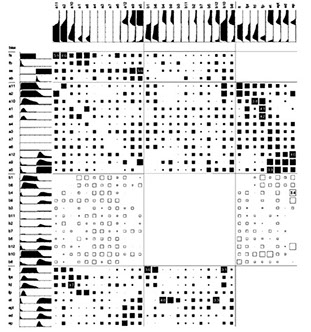
We have investigated the neural mechanisms involved in programming and executing hand movements by recording neural activity in monkeys trained to manually track visual targets. We were particularly interested in studying ''pre-motoneuronal'' cells in motor cortex and spinal cord that produce post-spike effects on forelimb muscle activity. By knowing both the response patterns of these cells during movements and their output connections to target muscles we can make important causal inferences about their contribution to movements. We have used multichannel electrode arrays to investigate interactions between motor cortex sites during movement.
We also developed a head-fixed bidirectional brain-computer interface that operates autonomously during free behavior. This device can record activity of cortical neurons and convert this activity to contingent stimuli delivered at sites in cortex, spinal cord or intracranial reinforcement sites. Triggering stimuli from neural activity can produce changes in the strength of synaptic connections. We have investigated ways to enhance and prolong this stimulation-induced synaptic plasticity.
<
Closed Loop Brain Computer Interfaces
Neural control of limb movement
Synaptic Interactions Between Neurons
Neural Network Modeling
Volitional Control of Neural Activity
>
In parallel with these physiological studies, we also used neural network models to show how neural computation is performed in large populations of cells. Dynamic networks can be derived from examples of the behavior and the resultant connection weights between units and their activation patterns can elucidate the underlying neural computations. We have investigated the use of integrate-and-fire spiking networks in a closed-loop brain-computer interface.






